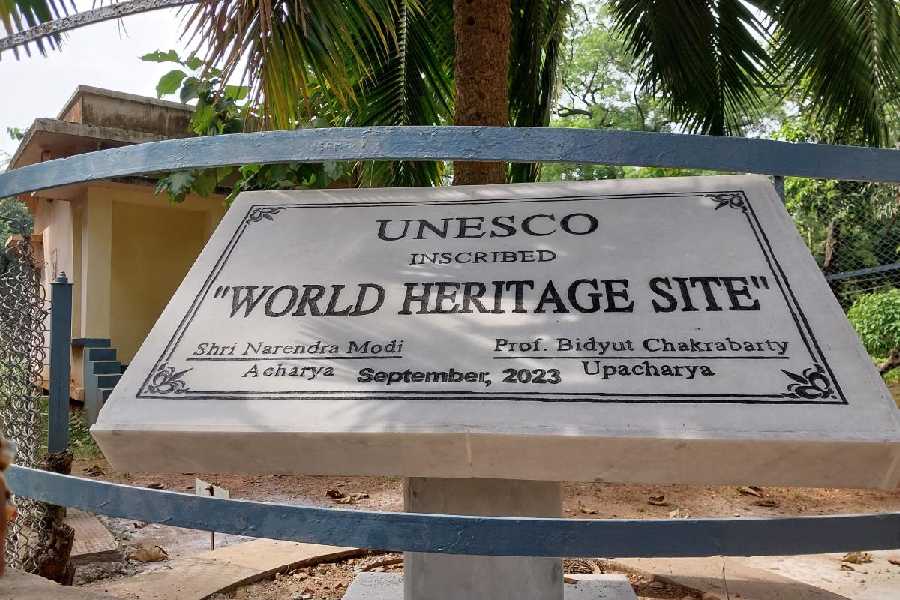The London blue plaque scheme was proposed by a Left liberal MP, William Ewart, in 1863. The idea was to showcase for posterity the historical association of London. The effort involved identifying houses where celebrated persons had once stayed. When the initiative started, the responsible authority was the Society of Arts. Thereafter, the responsibility changed hands, organisations were born and dissolved, but the scheme continued.
Plaque worthies
In Risk and Reputation: the London blue plaques scheme, Anna Eavis and Howard Spencer write about some of the plaques. How Napoleon III was given a plaque while still alive in 1867. How Ezra Pound’s plaque took a time coming, his poetic worth weighed against his “involvement with Fascism and support for Hitler and Mussolini”. Wilkie Collins, who is usually referred to as a sensation novelist and pioneer of English detective fiction, was first rejected --- the clerk at the London County Council advised that his writings were “not of a high order”. Mahatma Gandhi got a plaque in 1954. Dadabhai Naoroji has one too.
Small things
The rules kept evolving. At some point, it was decided that a person should have been dead for 20 years, before he or she could be considered plaque-worthy. Today, public suggestions are what drives the effort, but there is a well-defined procedure from public suggestion to research. Nevertheless, as with any engagement with history, there are omissions and commissions. There was some furore when Wallis Simpson was not given a plaque in 2008 because of her “secret affair with Joachim Von Ribbentrop, Hitler’s ambassador to London'' and allegations that she gave him details of British troop movements. In their piece, Eavis and Spencer note that the building where Josef Stalin once lived remains plaqueless. Last year, a house in Hackney that had once housed “maids from India and other colonies” and is known as The Ayah’s Home was up for a blue plaque.
What would have Tagore himself made of the Visva-Bharati plaque fracas? The clue is in his writings. The man who wrote Jokhon porbe na mor payer chinho had no hankering to be commemorated. The poet who wondered about the reader engaging with his works a hundred years hence was sure of his enduring resonance.










